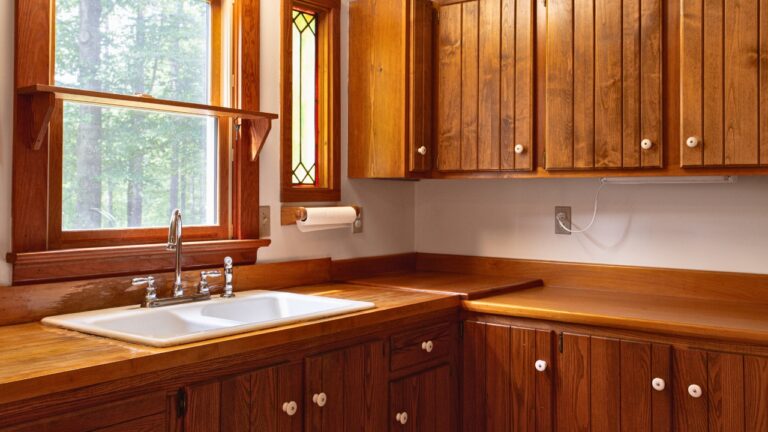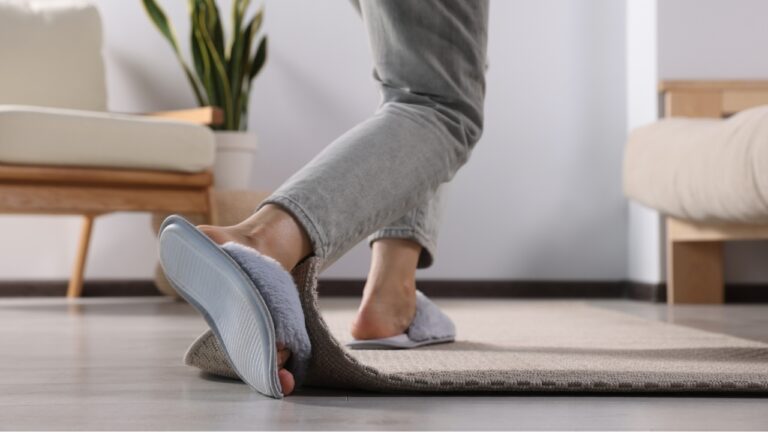10 “Cleaning Hacks” We’ve Tried That Don’t Actually Work
There are a million cleaning “hacks” floating around online, and to be honest, most of them sound too good to be true because they are. We’ve tried more than a few in our house—some out of curiosity, some out of desperation—and while a couple worked okay, others either made more of a mess or wasted our time completely.
If you’re tired of chasing shortcuts that don’t deliver, here are the ones you can skip without feeling like you’re missing out.
Using Lemon Slices to Clean Your Garbage Disposal

Lemons might make it smell better for a minute, but they don’t actually clean the disposal. In fact, the pulp and peels can clog things up if your blades are dull or your plumbing’s already a little sluggish.
If your goal is fresh scent, sure—throw one in now and then. But if you’re trying to clean the gunk that’s built up in there, you’ll need something stronger like baking soda and vinegar or even a brush made for it.
Microwaving Sponges to Kill Germs
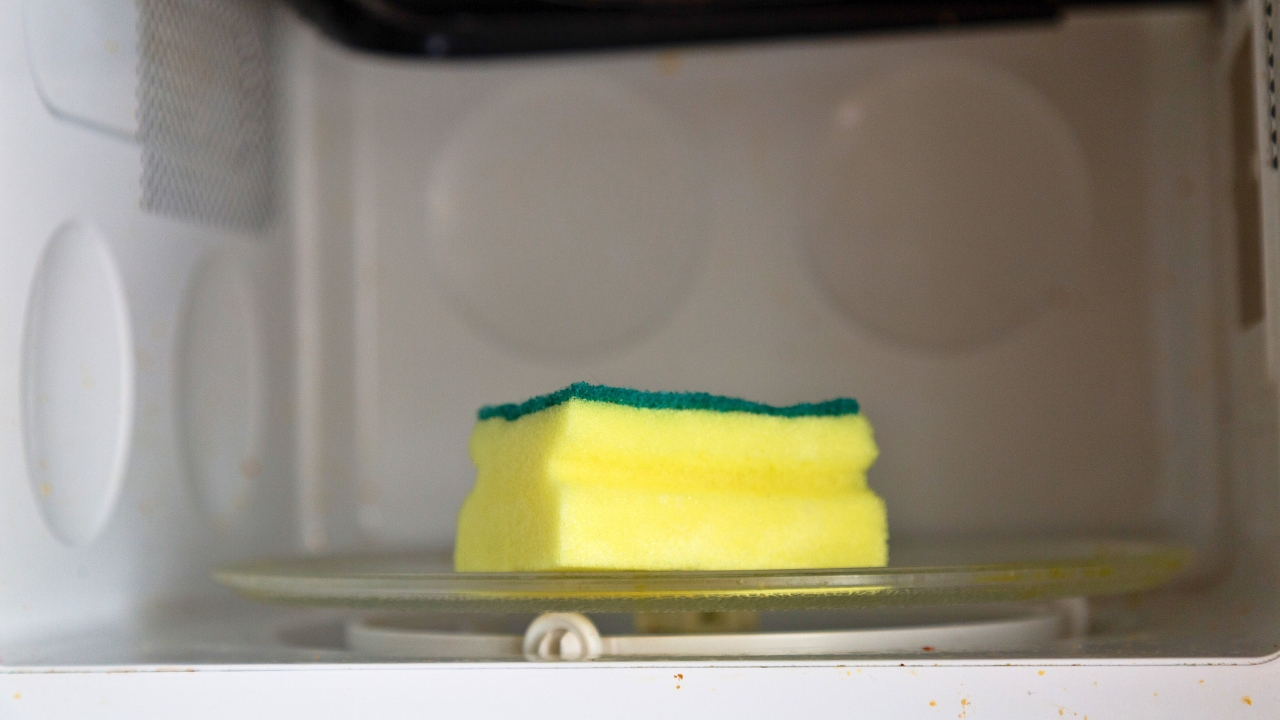
This one sounds smart in theory, but it doesn’t fully sanitize your sponge. Plus, if the sponge has metal in it—or dries out too much—it becomes a fire hazard fast. Not worth the risk.
If your sponge is getting funky, the better option is to toss it and start fresh. Or switch to dishcloths you can run through the wash with hot water and bleach if needed.
Cleaning Windows with Newspaper

It used to work when newspaper ink was different, but most modern papers use soy-based ink now, which can streak or leave smudges. You might also end up with black fingertips and ink transfer on your trim or window frames.
A lint-free microfiber cloth or a squeegee will give you better results without the mess. You’ll still get that streak-free shine—without risking smudged ink on your white window trim.
Pouring Vinegar Into the Toilet Tank

This hack gets passed around a lot, but putting vinegar in your toilet tank can break down rubber gaskets and seals over time. That means more leaks or even costly repairs down the road.
If you’re trying to freshen things up, stick with vinegar in the bowl, not the tank. Scrubbing under the rim and using a good toilet brush works a lot better than letting vinegar sit in parts it shouldn’t touch.
Using Dryer Sheets to Dust
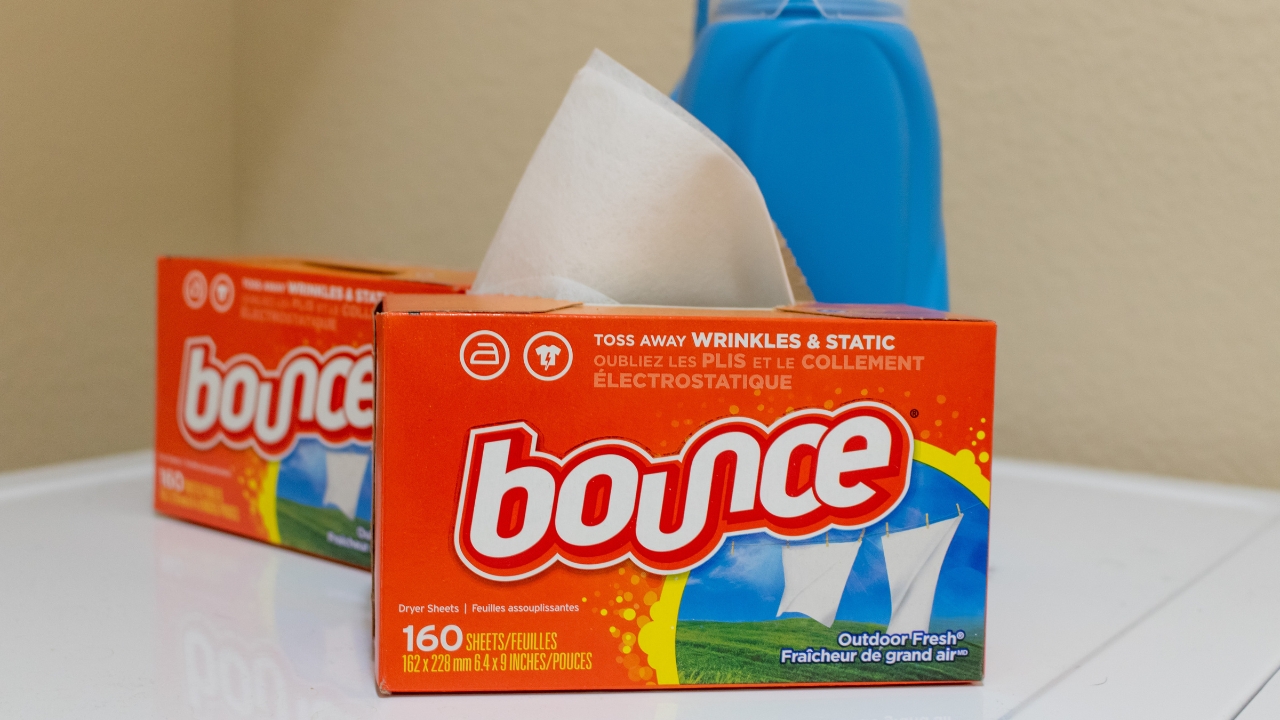
Dryer sheets can pick up a little dust, but they also leave a residue that can attract more of it later. So while it might look good at first, you’re setting yourself up to dust again sooner.
Use a dry microfiber cloth instead. It grabs onto dust and holds it instead of spreading it around or leaving behind something sticky. And if you want to cut down static, lightly dampen it with water or a vinegar mix.
Making Your Own “Magic Erasers” with Sponge and Baking Soda

Real Magic Erasers work because they’re made from melamine foam, which is what gives them that super fine, sandpaper-like texture. Regular sponges and baking soda won’t do the same thing.
You’ll just end up scrubbing harder with worse results. If you’ve got scuffs or wall marks to deal with, grab the real thing or use a paste made from baking soda and water with a soft cloth—not a sponge that’ll fall apart.
Using Essential Oils as Disinfectant

Essential oils can smell great and might have some antimicrobial properties, but they’re not strong enough to sanitize kitchen counters or bathroom surfaces on their own.
If you want the scent, great—use them in a diffuser or in your mop water for a little boost. But if you’re trying to disinfect, go with something that’s actually rated to kill germs. Your homemade lemon-lavender spray isn’t going to cut it.
Cleaning Grout with Baking Soda and a Toothbrush
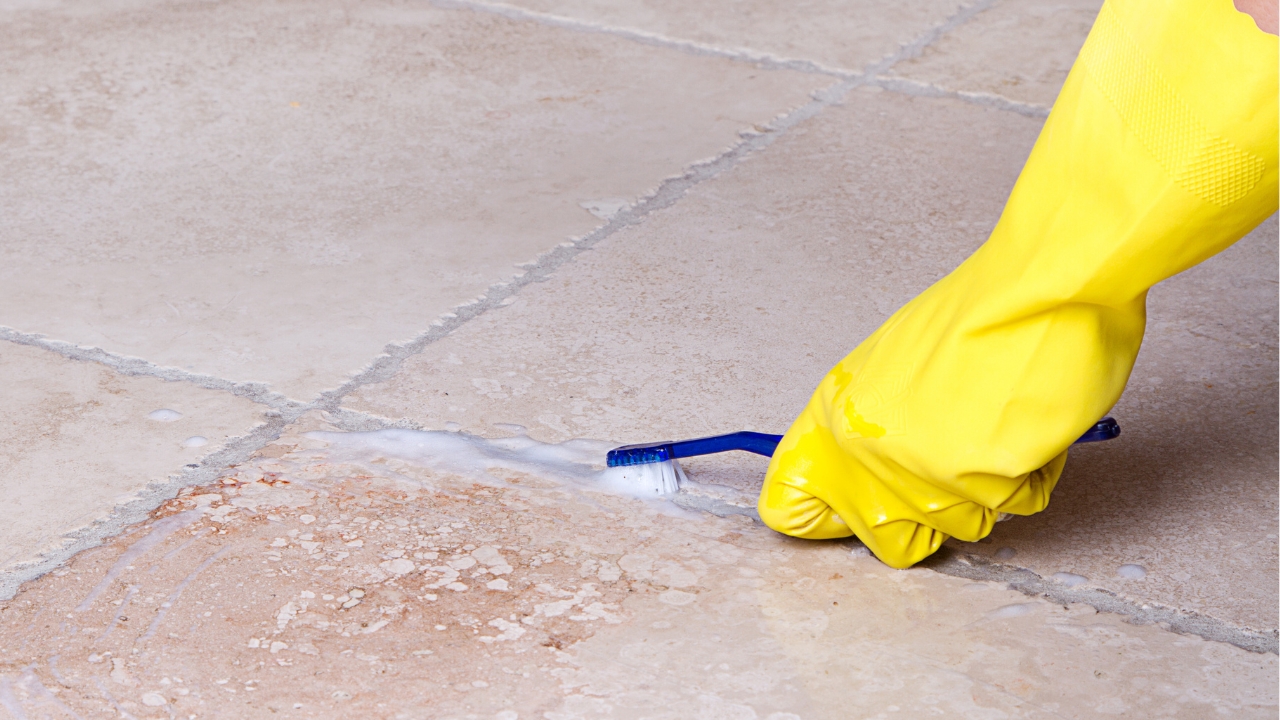
It sounds like a budget-friendly fix, but it’s not very effective for deep stains. You’ll scrub forever and still end up with patchy results. It’s also really easy to wear down the grout with too much pressure.
A grout brush and a stronger cleaner—like oxygen bleach or a commercial grout cleaner—will give you faster, more even results. Save the toothbrush for hard-to-reach corners, not your entire floor.
Putting Salt Down the Drain for Clogs
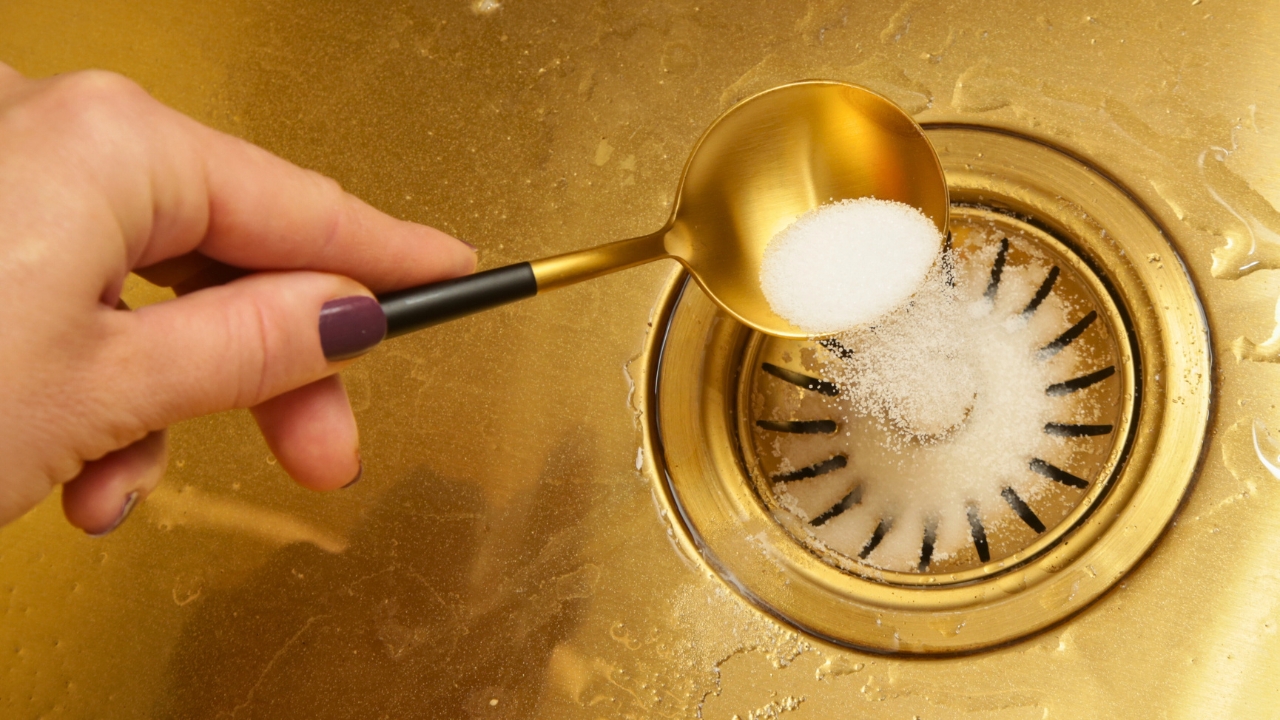
This one gets tossed around a lot, but salt doesn’t break down grease or hair. If anything, it can pile up in the bends of your pipes and make the clog worse over time.
For real clogs, try a baking soda and vinegar combo followed by hot water, or use a drain snake. Salt might help with odor a tiny bit, but it’s not doing any heavy lifting when it comes to actual blockages.
Using Coffee Grounds to Deodorize the Fridge
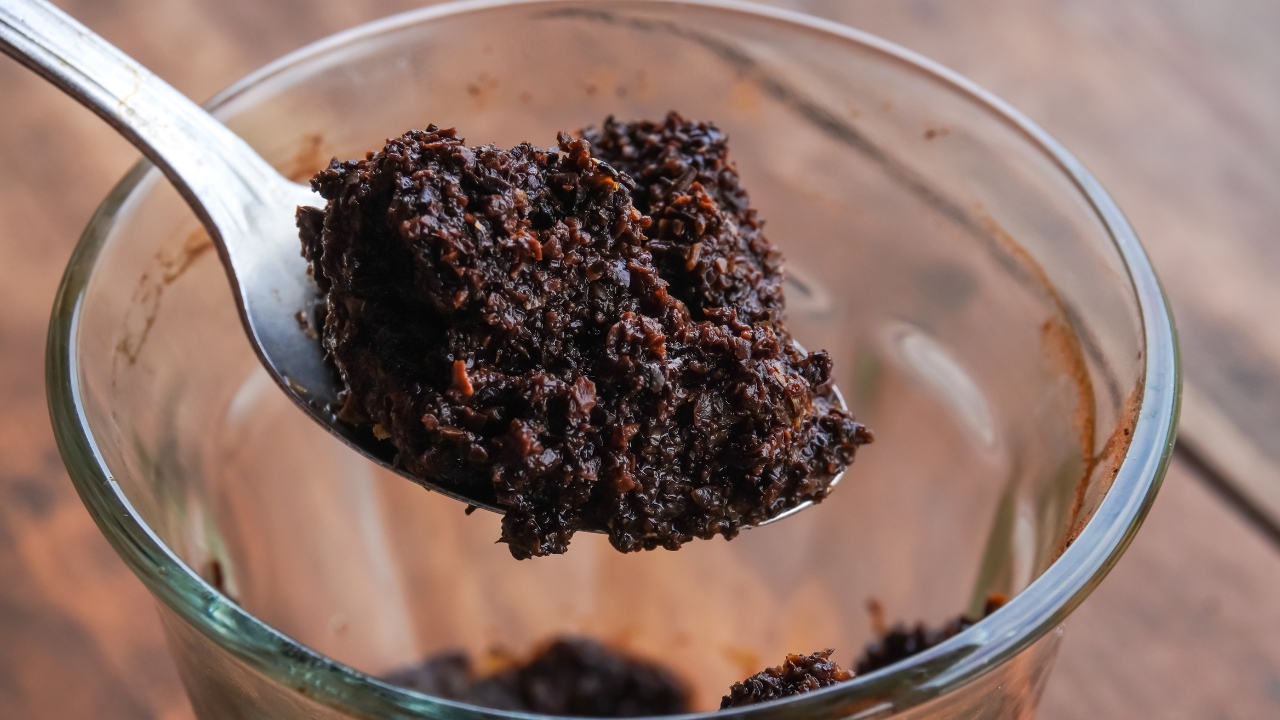
They can soak up some smells for a little while, but they also get moldy fast if you’re not careful. And if the grounds spill, they’re a pain to clean out of every little crack and drawer.
Baking soda is still your best bet here. It’s cheap, easy to replace, and doesn’t come with the risk of damp clumps growing fuzz on the back shelf. Coffee belongs in your cup, not behind the milk carton.
*This article was developed with AI-powered tools and has been carefully reviewed by our editors.



